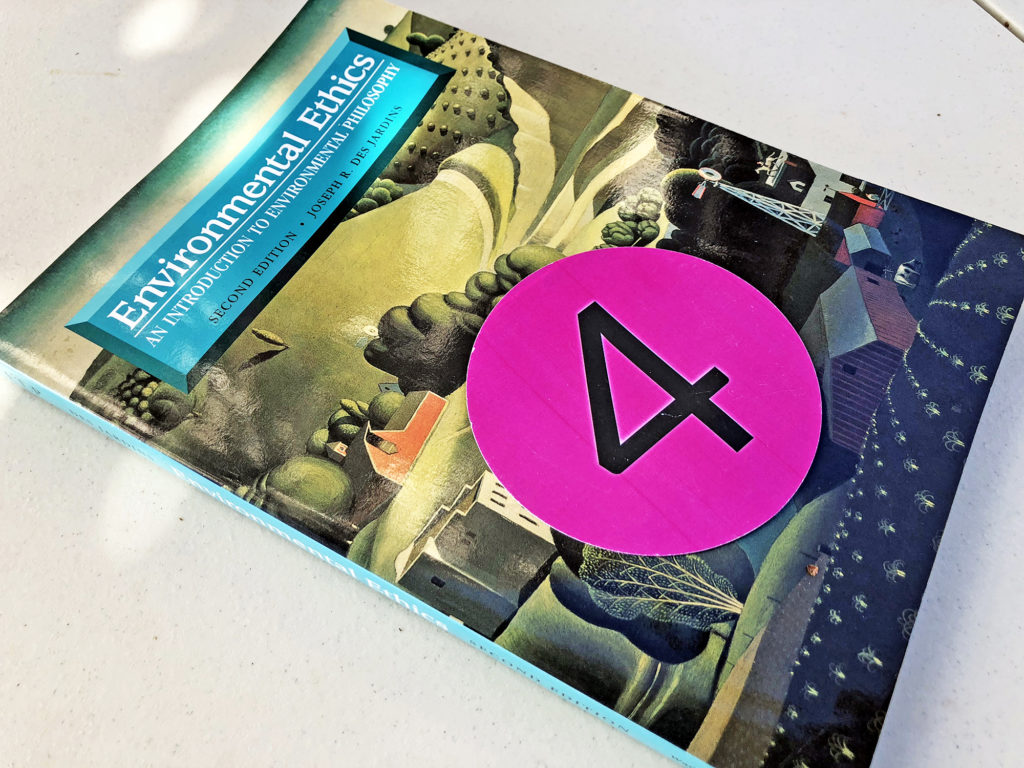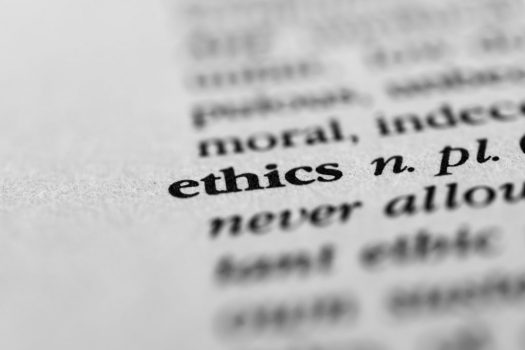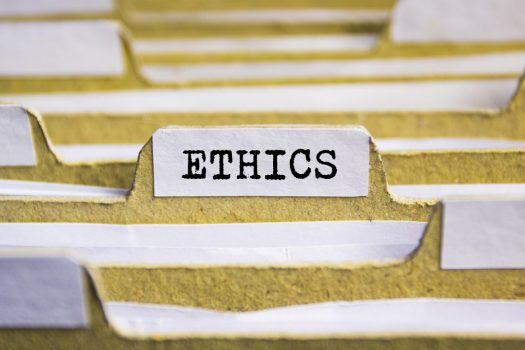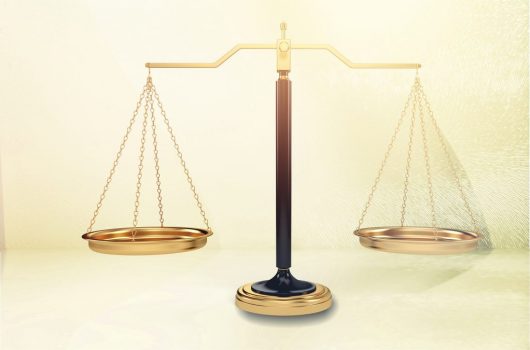
Science Community
Science Community
Scientists follow procedures to support building scientific knowledge that accurately describes and explains natural phenomena.
Learning Objective: Explain the roles of ethics, peer review and reduction of bias in scientific inquiry.

Although Darwin and Mendel had very different research careers, they were still strongly impacted by the science community of their time.
Both were educated at universities that introduced the practices and norms of science of that era. This directed how Darwin and Mendel published their work and also impacted how their work was received.

The scientific community has shared practices for conducting research, and these practices change over time.
For example, Mendel did not address all of the data he accumulated, he probably put aside data that did not fit the 3:1 ratio. This happened in the nineteenth century, but is now frowned upon.
Ethics is a branch of philosophy that explores whether behaviors are right or wrong. This includes determining and following a moral course of action.
The scientific community has shared practices to try to reduce ethical issues that may arise.

Here are a few examples of ethical behavior
-
Sharing research data even when it does not support the original hypothesis or overall research agenda.
-
Making decisions because they are the best work you can do, even if the work takes more time, expense, or criticism.
-
Considering the health and well-being of research subjects.
-
Supporting researchers that make correct decisions, rejecting researchers who make incorrect decisions.
Here are a few examples of unethical behaviors
-
Inaccurate record-keeping , withholding data, or falsifying data.
-
Taking personal credit for someone else’s work.
-
Promoting a personal agenda that the research does not support.
-
Promoting a closed, hostile, or prejudicial research environment.
-
Disregarding the comfort and well-being of research subjects.

Here is a question to consider:
Why would a researcher be tempted to engage in unethical behavior, and what would discourage that researcher from engaging in unethical behavior?
Bias is a prejudice for or against something. Bias can limit someone’s ability to function objectively throughout the research process.

Here are a few examples of reducing bias
-
Being aware of potential sources of personal bias, including: nationality, ethnic origin, age, gender, physical ability, political views, etc.
-
Looking for evidence of potential bias through all parts of the research process from the questions asked, the way data are interpreted, to analysis and interpretation.
-
Having other scientists review the work, looking for possible bias.
A question to consider:
If you had data that did not support your research hypothesis or personal agenda, why would it be wrong to simply withhold that data?
Peer review is a process by which scientists critique and evaluate proposed research and publications. Peer review is a way to maintain ethical standards in science.

Here are a few examples of peer review
-
A panel of scientists conducting similar research reads a submitted paper and decides whether it is suitable for publication.
-
A committee reviews a grant proposal and accepts it, recommends revisions, or rejects funding.
-
Fellow researchers attend a research seminar and offer suggestions.
A Question to Consider:
What is a potential advantage of obtaining information from a peer-reviewed research article instead of non-reviewed article on the web?
A wider range of perspectives can lead to richer understandings. In the next section, research is revealing how cleaning behaviors impact animal fitness in numerous ways.











